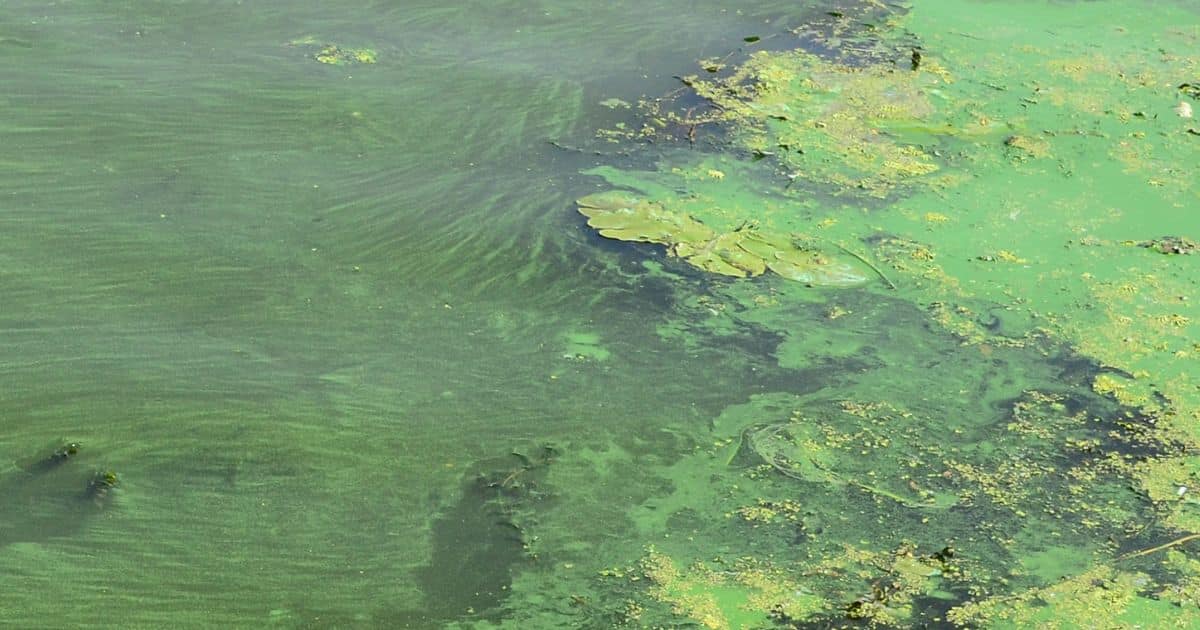A Holistic Approach to Addressing Surface Water Pollution - LG Sonic
Published on by Water Network Research, Official research team of The Water Network in Case Studies
Summary
Explore a holistic approach to combat surface water pollution, focusing on controlling harmful algal blooms (HABs). Discover how real-time data, technology, and nature-based solutions can transform water management, enhance collaboration among stakeholders, and ensure sustainable, long-term protection of aquatic ecosystems.
Surface water pollution is a global issue, with over 50% of surface waters in poor condition due to pollution, climate change, and human activity. One of the most serious outcomes of this pollution is the increase in harmful algal blooms (HABs). These blooms, driven by excess nutrients—particularly nitrogen and phosphorus—can have severe ecological, economic, and health impacts. For water professionals, the challenge is not just treating the symptoms but addressing the root causes effectively.
Nutrient overload is the root cause of Harmful Algal Blooms (HABs)
Nutrient overload is the primary driver behind HABs. Agriculture, wastewater, and urban runoff contribute large amounts of nitrogen and phosphorus to water bodies. These nutrients fuel rapid algal growth, leading to blooms that choke ecosystems, reduce oxygen levels, and sometimes release toxins harmful to both aquatic life and humans.

HABs disrupt ecosystems by depleting oxygen, leading to dead zones where fish and other aquatic species can’t survive. Additionally, toxins from certain types of algae can contaminate drinking water sources and cause health risks, making water treatment more complex and expensive.
The case for a holistic approach to lake pollution
Traditional methods of dealing with surface water pollution, such as chemical treatments, often focus on treating symptoms rather than addressing the causes of nutrient overload. These methods can temporarily clear up algae but don’t solve the problem long-term. The nutrients that caused the bloom remain, leading to recurring issues.
A more effective strategy involves a holistic approach. This approach integrates several elements—data, technology, and natural processes—to manage water quality proactively. It focuses on identifying nutrient sources, predicting risks, and implementing sustainable solutions.
Attached link
https://www.lgsonic.com/a-holistic-approach-to-addressing-surface-water-pollution/?utm_source=newsletter&utm_medium=email&utm_campaign=LGS+EN+18112024&utm_id=LGS+EN+18112024&utm_source=ZohoMarketingHub&utm_campaign=LGS+Newsletter+18%2F11%2F2024+EN&utm_medium=emailTaxonomy
- Water Pollution
- Pollution
- Lake Management
- Groundwater Pollution
- Surface-Groundwater Interaction
- Surface water hydrology
- Surface Water Hydrology